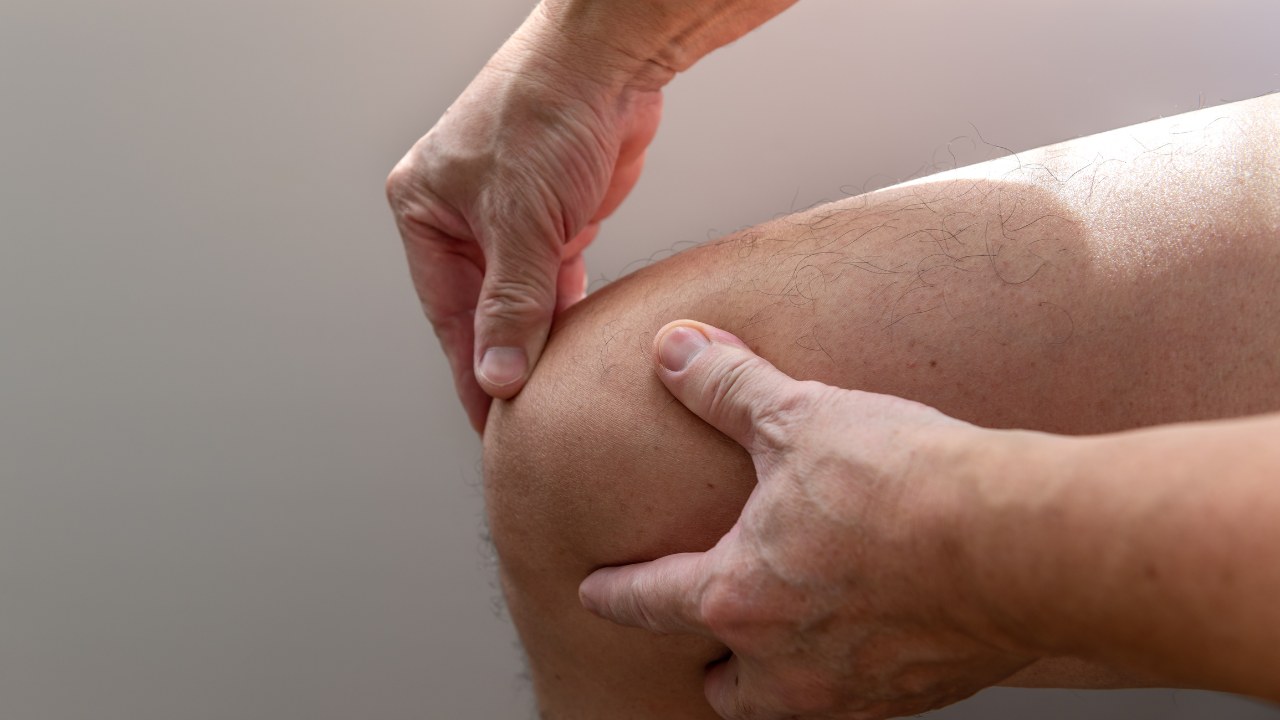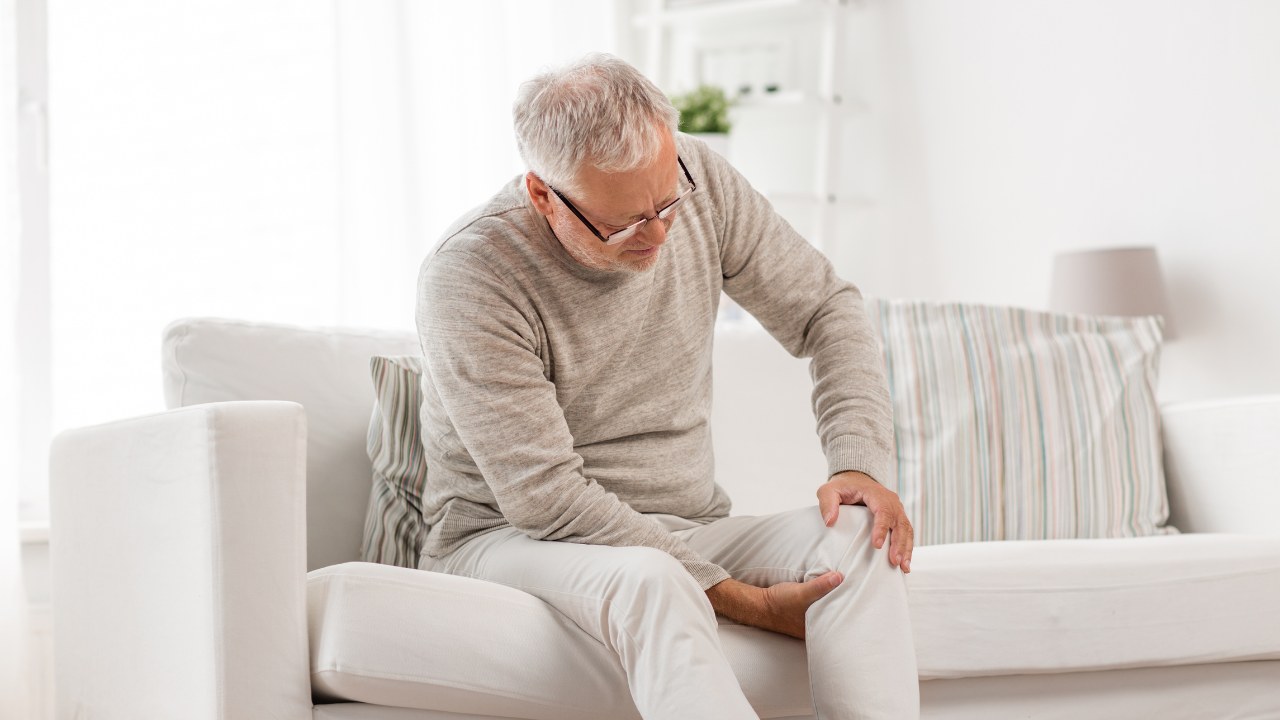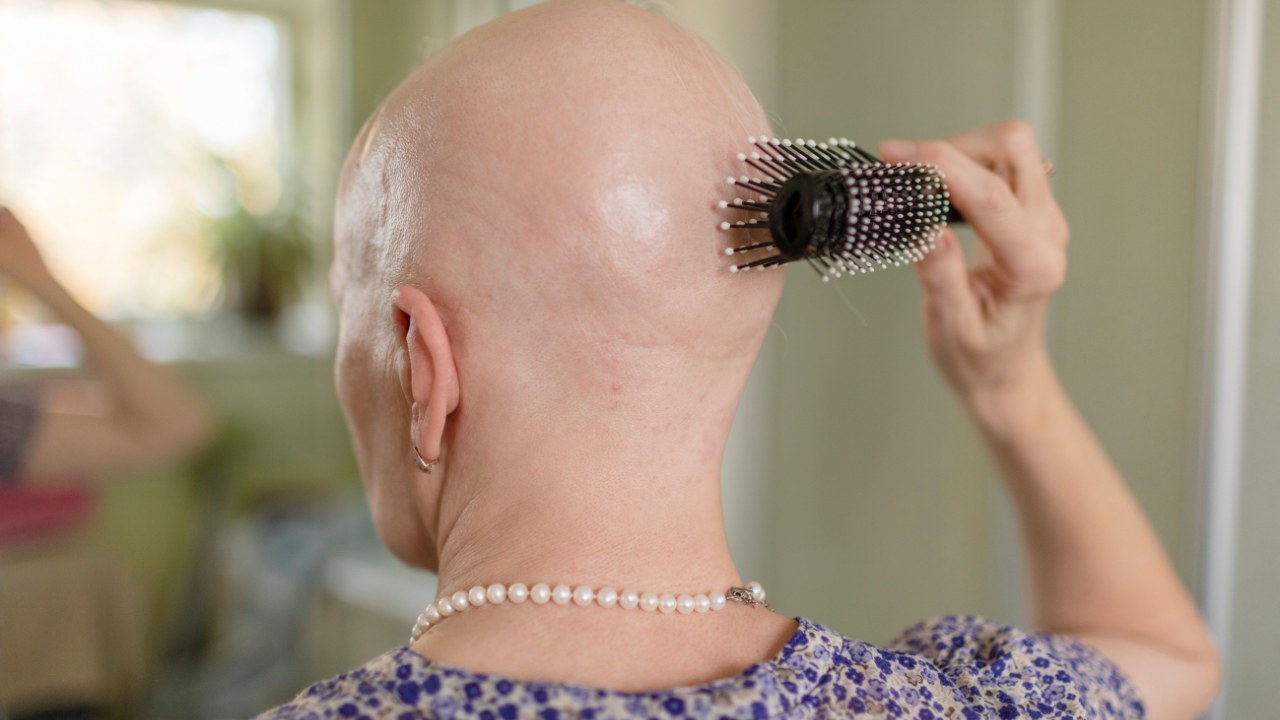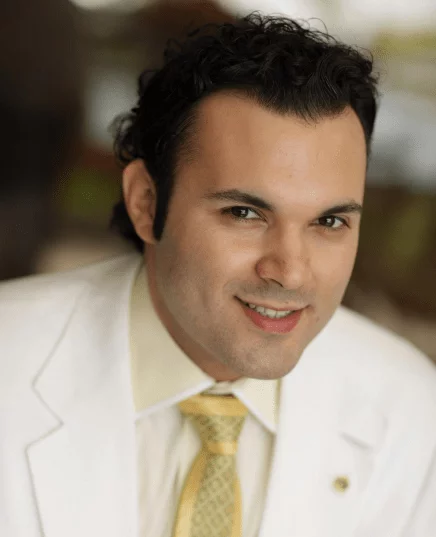Are you tired of chronic knee pain holding you back from the activities you love? Whether it’s a nagging ache that interferes with daily life or an injury that won’t seem to heal, knee issues can be incredibly frustrating.
If you’ve tried traditional treatments without lasting relief, exploring cutting-edge therapies like PRP (Platelet-Rich Plasma) might offer the solution you’re seeking.
PRP harnesses your body’s natural healing power to stimulate repair and reduce pain. At our Beverly Hills clinic, we specialize in this innovative approach and provide personalized PRP treatments for a wide range of knee problems.
Are you considering PRP to address knee pain and achieve long-term improvement? Let’s explore what it is, the potential benefits, and the cost factors involved.
Overview of PRP Treatment for Knee Issues
Platelet-Rich Plasma (PRP) treatment is a cutting-edge therapeutic option for individuals with various knee conditions. It utilizes the body’s healing mechanisms to accelerate recovery and alleviate pain.
The essence of PRP therapy lies in its use of platelets, blood components renowned for their role in healing and regeneration.
The PRP Process Explained
The process begins with a simple blood draw, typically from the arm, similar to a routine blood test. This sample is then placed in a centrifuge that spins at high speeds.
This spinning process separates the blood components, concentrating the platelets into the plasma, the liquid part of your blood. This concentrated platelet-rich plasma is carefully drawn into a syringe and prepared for injection.
The final step involves injecting the PRP directly into the affected knee area. This direct injection floods the knee with growth factors that promote tissue repair, reduce inflammation, and stimulate collagen production, which are crucial for healing damaged knee tissues.
PRP’s Role in Treating Knee Conditions
PRP therapy is particularly effective in treating various knee problems, primarily those involving soft tissues. Common conditions treated with PRP include:
- Osteoarthritis: This degenerative disease affects millions and is characterized by the breakdown of cartilage in the joints. PRP injections can help reduce pain and improve joint function by promoting new cartilage growth and reducing inflammation.
- Tendonitis: Conditions like patellar tendonitis, often seen in athletes and active individuals, can cause significant knee pain due to inflamed tendons. PRP helps heal these tendons by enhancing the body’s natural repair mechanisms.
- Ligament Injuries: Ligaments in the knee, such as the ACL, can be sprained or torn in sports-related activities. PRP therapy assists in the recovery of these crucial stabilizing structures, potentially speeding up the healing process and improving the outcome.
Scientific Support for PRP Effectiveness
Multiple studies have underscored the efficacy of PRP in treating knee ailments. Research published in the American Journal of Sports Medicine found that PRP injections significantly improved pain scores and functional outcomes in patients with knee osteoarthritis compared to placebo treatments.
Another study highlighted in the Journal of Arthroscopy confirmed that PRP could reduce symptoms and delay the progression of osteoarthritis in the knee.
PRP Treatment For Knee Cost
When considering PRP treatment for knee issues at the PRP Treatment Beverly Hills Clinic under Dr. David Nazarian, it’s essential to understand the financial aspect of this innovative therapy. The clinic prides itself on transparency and affordability, ensuring patients know all costs upfront.
Detailed Breakdown of Costs
At Dr. Nazarian’s clinic, the cost of each PRP injection is meticulously calculated to ensure accessibility without compromising on quality.
A single PRP session typically costs between $700 and $1,000. This fee includes the initial consultation, the blood draw, the preparation of the PRP, and the injection itself.
Unlike other clinics where consultation and procedural costs may be billed separately, Beverly Hills Clinic offers an all-inclusive rate to simplify the process for patients.
Comparison with Regional Averages
In the broader Los Angeles area, PRP treatments can vary significantly, often between $1,000 and $2,500 per injection, depending on the provider’s reputation and location. Dr. Nazarian’s clinic offers substantial value by positioning our pricing around the lower end of this spectrum.
This approach makes PRP therapy more accessible to a broader range of patients while maintaining the highest standards of care.
Special Pricing and Packages
The Beverly Hills Clinic recognizes that many patients may require multiple treatments to achieve the best results, so it offers special pricing for treatment packages.
For instance, a package of three treatments might be available for $2,000, reducing the cost per session and making a full treatment course more affordable. These packages provide a cost-effective option and ensure that patients can complete their recommended course of treatment without financial strain.
The Value of Choosing Beverly Hills Clinic
Choosing Dr. David Nazarian’s Beverly Hills Clinic for PRP therapy means investing in a service that balances cost with high standards of care.
The clinic’s use of advanced PRP preparation techniques and Dr. Nazarian’s expertise ensure that patients receive the most effective treatment possible. This, combined with the clinic’s strategic pricing and package options, underscores its commitment to providing value and excellent patient care.
Insurance Coverage and Financial Options for PRP Treatment
Navigating the financial aspects of healthcare can often be as challenging as dealing with the medical issues themselves, particularly when it comes to innovative treatments like PRP (Platelet-Rich Plasma).
At PRP Treatment Beverly Hills Clinic, we understand the importance of making treatment accessible and affordable, and we are committed to helping our patients manage the financial responsibility that comes with their care.
The Landscape of Insurance Coverage for PRP
Many insurance providers still classify the use of PRP treatments as experimental, particularly for conditions like osteoarthritis and other degenerative issues of the knee.
This classification means that PRP therapy is often not covered under standard health insurance policies, leaving patients to manage out-of-pocket costs. Understanding this can be crucial in planning your treatment journey.
Clinic Partnerships with Insurance Providers
Although direct coverage for PRP may be limited, PRP Treatment Beverly Hills Clinic works closely with several insurance providers to ensure that other aspects of your treatment may be covered.
For instance, the initial consultation, diagnostic imaging, and follow-up visits might be eligible for insurance claims, depending on your policy. Our administrative staff is experienced in dealing with insurance companies and can help you understand what parts of your treatment are likely to be covered.
Financing Options and Payment Plans
Recognizing that managing out-of-pocket costs for PRP treatments can be a significant concern, our clinic offers a variety of payment plans and financing options designed to spread out the expense over time. These options allow our patients to receive the treatment they need without the burden of a one-time payment.
- Flexible Payment Plans: We offer structured payment plans that can be customized according to individual needs. These plans allow patients to pay for their treatments in smaller, more manageable installments.
- Third-party Financing: Through partnerships with healthcare financing companies, patients can apply for credit that offers low-interest rates or interest-free periods. This method can be an excellent option for those who avoid tying up their liquid assets.
- Healthcare Credit Cards: Specific credit cards designed for healthcare expenditures can also be used for PRP treatments. These cards often come with promotional periods of deferred interest, making them a convenient option for budget management.
Commitment to Patient Support
At PRP Treatment Beverly Hills Clinic, financial concerns should not hinder receiving quality healthcare.
Our dedicated team is here to guide you through the available financial options and help tailor a payment solution that meets your needs. Whether it’s navigating insurance coverage or setting up a payment plan, we are committed to supporting you every step of the way.
Recovery and Results: What to Expect from PRP Treatment
When treating knee issues with PRP (Platelet-Rich Plasma) therapy at PRP Treatment Beverly Hills Clinic, patients are often pleasantly surprised by the simplicity of the recovery process and the promising results they experience. This non-surgical treatment option offers a quicker recovery than traditional surgery and effective outcomes that can significantly improve quality of life.
Quick and Easy Recovery
One of the most appealing aspects of PRP therapy is the minimal recovery time involved. Unlike surgical interventions, which require weeks or even months of recovery, PRP treatment usually allows patients to resume their daily activities within a few days.
- Immediately Post-Treatment: Patients might experience mild soreness or swelling at the injection site, which typically subsides within 24 to 48 hours. Ice packs and rest are usually recommended during this initial phase to help alleviate any discomfort.
- First Week: It’s common to return to normal, non-strenuous activities the day after the procedure, with many patients returning to work without significant downtime. However, strenuous activities or heavy lifting should be avoided for a couple of weeks to allow the knee to heal optimally.
- Following Weeks: Most patients notice an improvement in pain and mobility within a few weeks after the treatment. Physical therapy may be recommended to enhance strength and flexibility during this period.
Expected Outcomes and Seeing Results
PRP therapy enhances the body’s natural healing processes, which means the results will gradually manifest as the treated area begins to repair itself. The timeline for seeing results can vary based on the individual’s condition and overall health.
- Short-term Results: Within the first few weeks, many patients report decreased pain and increased joint function. These improvements typically continue to develop over the next three to six months.
- Long-term Efficacy: For many, the results of PRP treatment can be long-lasting. The improvement in joint health can be sustained with proper care and follow-up treatments if necessary. Periodic assessments with Dr. Nazarian can help monitor progress and decide if additional sessions are needed.
Follow-up Care
Follow-up care is a critical component of the PRP treatment process. Patients are generally advised to participate in follow-up consultations to monitor their progress and ensure the healing is proceeding as expected.
These appointments provide an opportunity to adjust the treatment plan if necessary and to prescribe supplemental care, such as physical therapy, which can further enhance the results of the PRP injections.
Recovery and Results from PRP Treatment for Knee Issues

When exploring treatment options for knee pain or injury, understanding the recovery process and anticipated outcomes is crucial. PRP (Platelet-Rich Plasma) therapy offers a compelling path with benefits that stand out, especially when compared to more invasive surgical methods.
Recovery Timeline for PRP Treatment
PRP therapy is celebrated for its minimal downtime and rapid recovery timeline, which starkly contrasts the lengthy rehabilitation often associated with knee surgery. Most patients can expect to return to normal daily activities within 24 to 48 hours following the procedure.
It’s important to note, however, that while general activity can resume quickly, patients are advised to avoid strenuous activities or heavy lifting for several weeks to allow the knee to heal optimally.
Swift Healing Process
The actual injection process is brief, typically lasting only about an hour, including preparation and recovery time at the clinic. Patients may experience mild soreness or swelling at the injection site, which usually subsides within a few days.
The non-surgical nature of PRP therapy means that there are no incisions or surgical risks involved, which significantly reduces the potential for complications and speeds up the healing process.
Expected Outcomes of PRP Treatment
PRP therapy works by harnessing the body’s natural healing capabilities, using concentrated platelets to release growth factors that repair damaged tissue and enhance joint health. The expected outcomes can vary from person to person, but generally include:
- Pain Relief: Many patients report significant reductions in pain after their treatments.
- Improved Mobility: Increased joint function and range of motion can be observed, helping patients return to a more active lifestyle.
- Tissue Repair: Over time, PRP can help to promote the regeneration of healthy tissue within the knee joint.
Results can begin to manifest as early as a few weeks after the initial treatment, with gradual improvements noticed over several months. Some patients may require multiple injections, typically spaced about one to three months apart, to achieve the best results.
Follow-Up Care
Effective follow-up care is integral to the success of PRP therapy. Patients are usually scheduled for a follow-up visit a few weeks after the initial treatment to assess the knee’s response to the therapy. This visit may involve a physical examination and possibly imaging tests to visualize the improvements in joint health.
Real-World Testimonials
To underscore the effectiveness of PRP therapy, consider the experiences of real patients from our clinic:
- Case Study 1: A 62-year-old retired firefighter had been struggling with knee pain due to arthritis for years. After two rounds of PRP therapy, he reported a 70% reduction in pain and improved flexibility during his follow-up appointment.
- Case Study 2: A 35-year-old avid runner experienced a significant knee injury, which hampered her ability to participate in marathons. After receiving PRP treatment, she was able to gradually resume training and eventually return to competitive running without pain.
Conclusion
Navigating the costs of medical treatments can be challenging, but at Beverly Hills Clinic, we strive to make the process as straightforward and affordable as possible.
By offering competitive pricing, detailed cost breakdowns, and special packages, we ensure our patients can access the care they need without undue financial burden.
Dr. Nazarian’s approach offers financial clarity and the promise of adequate relief and recovery for those considering PRP treatment for knee issues.




